When I was asked a few years ago by the people who run skyros.com holidays if I’d teach photography — in Greece and elsewhere — I said, “sure”, as I’d been taking photos for years, had been Technical Editor of the UK magazine “Practical Photography”, and did a radio series about photography back in the mists of time.
I thought, though, that I ought to evaluate why I take photos, so as to pass that on, rather than just teach How To Do It.
So I looked at hundreds, or thousands, of my pics to find the ones I really liked, and to see what my photos “said” — or what, if anything, made them MY photos, rather than just anyone’s. In other words, did I have anything, really, to say, or to teach, about photography?
Here’s what I found:
In the days of film, I took photos which were just records of what was in front of the camera: Pics of holidays in Spain, in Thailand, in Tunisia, in Germany. They were what I saw, and I’d snapped them. Also, back in the film days, I used lenses wide open or stopped down — as many people did — simply to get the right depth-of-field (which was, in those days, engraved on every lens).
In the early digital days, around 1997, when people said “ah, but digital will never replace film, digital’ll never have the resolution of film,” my digital pics looked at first just like my film photos, but just shot with a different camera.
There was one difference though; I wasn’t fixed to just 36 shots on a reel. There was more opportunity to experiment, or to do things differently, without regrets such as “darn, I’ve ruined that” or “what a wasted shot!”. Because with digital you just delete what doesn’t turn out well, without having wasted anything.
So the advent of digital meant I experimented more, and then I wanted to get more out of my pictures. I tried more lenses, and — in reviewing my photos before teaching that course — I found that many (really, many.) of my photos were taken with wide-angle, really wide angle, lenses.
Why? In thinking about it, it must have been because a very wide angle made them look different from “everyday life”. They were wider than the usual view seen by human eyes. That made the pictures worth looking at, because it showed more than would normally be seen in ordinary life.
What else was different about my digital photos which really appealed to me?
Penguins
They weren’t simply ‘records’ of people, landscapes, events. Here’s a photo I took on holiday in South Africa at Boulders Beach where – famously – hundreds of tame-ish penguins live:
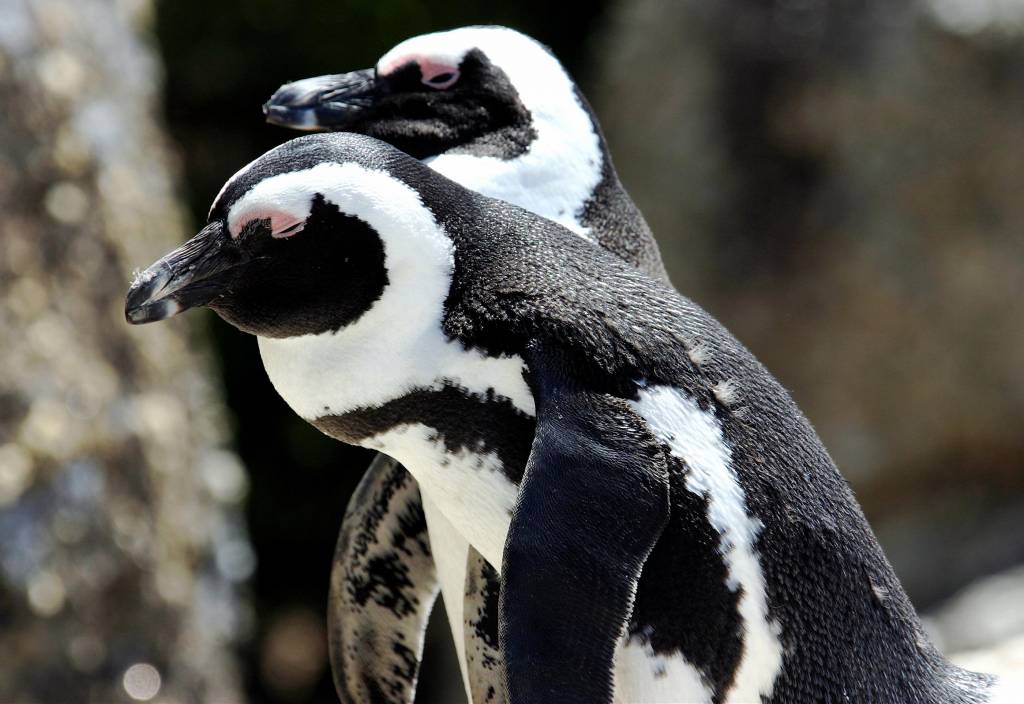
(I’d taken a lightweight Canon 300D and a huge, heavy 28-300mm lens with me, expecting we’d go to a safari park — we did — and I shot plenty of penguin photos with that.)
Why did that penguin photo — one of many — appeal so much? Because, besides being a photo of a couple of penguins, it also “conveyed” an idea: matey-ness, companionship, contentment and familiarity with each other’s company.
In film days, although I took thousands of photos, I had scores of undeveloped rolls. Much like the thousands which Vivian Maier and Garry Winogrand left behind when they died. The act of taking the picture gave me satisfaction, and I didn’t give much thought to looking at my photos, as that was too remote from the actual photography if, say, they were colour pics, and they’d been sent for development, and then returned a week or so later as little postcard prints. I developed and printed my own B&W, though.
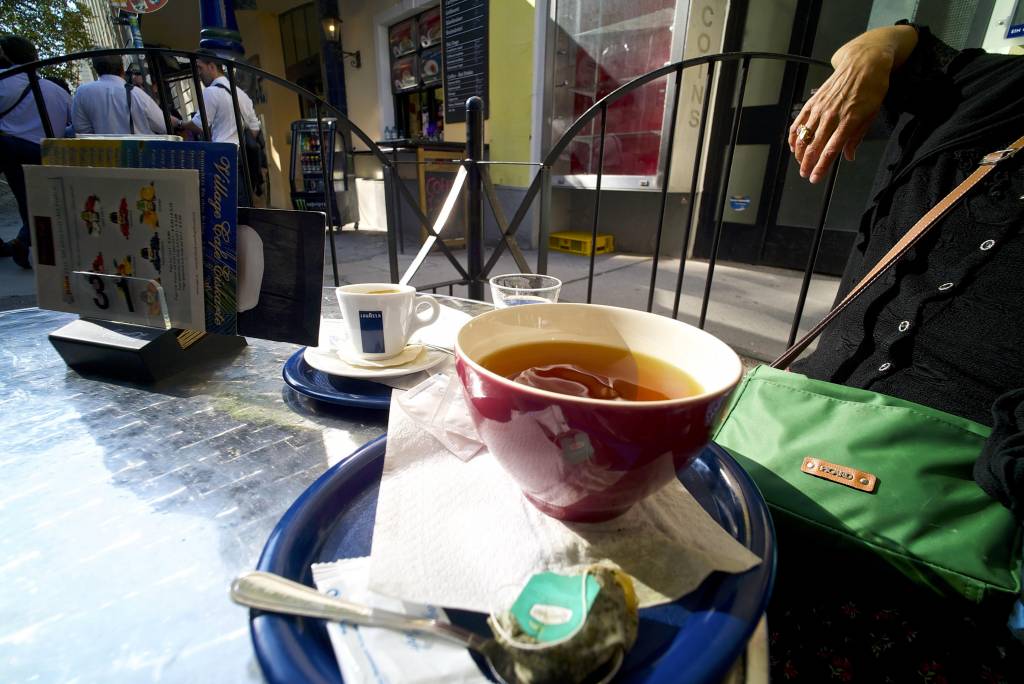
But with digital photography there was no waiting. I could see the photos straight away. So part of the photography became seeing the results immediately. Viewing the photos became part of the total experience. So I began to incorporate “what do I get from looking at these photos?” into the activity of making them.
In reviewing all my old pics, before teaching that first photo course, I realised that the ones which were any good at all, or which held my attention, were the ones which conveyed something, such as like the penguins pic, rather than just being a record of what was in front of the camera.
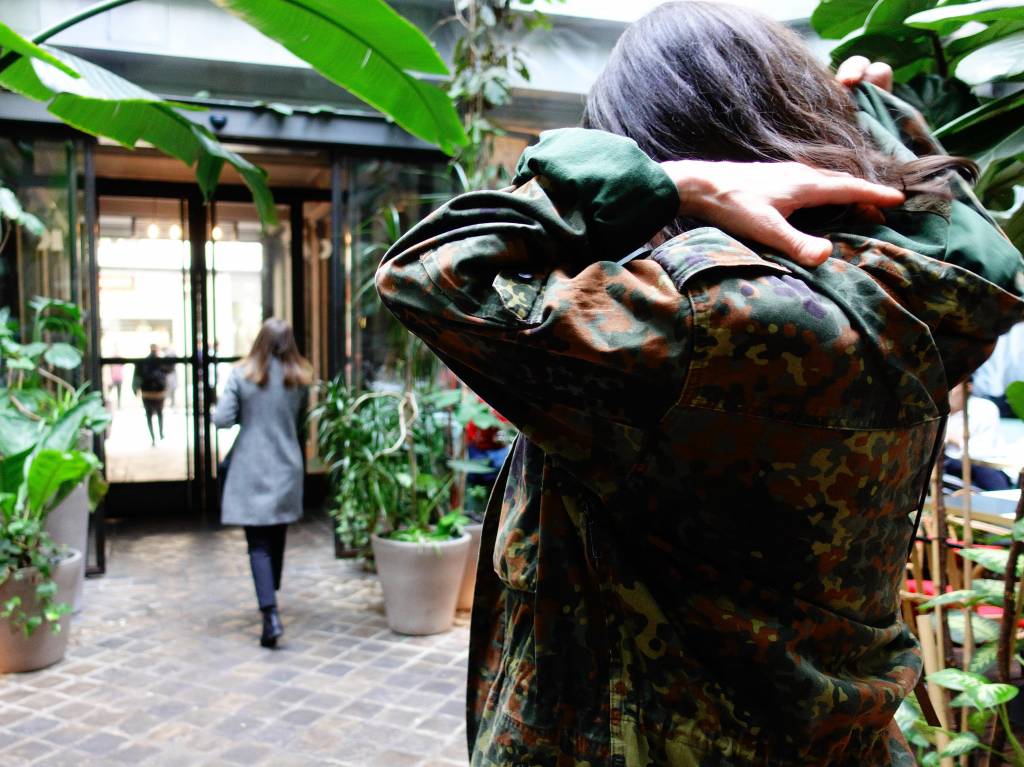
Enigmatic
I found that the ones which I liked were enigmatic somehow, or had a rhythm or repetition of shapes or some other areas within them; pictures which were interesting in their own right, rather than being just visual jottings of events.
It turned out that it wasn’t the act of taking the pictures which had the greatest importance for me after all, but it was that something was being conveyed by the photos. So the feel of the camera, or the workmanship or capability of it, wasn’t the important thing. But the feelings which a photo evoked were.
I’d been concentrating on the taking of photos and I’d forgotten about looking at photos — which is, of course, what we do with everyone else’s pictures.
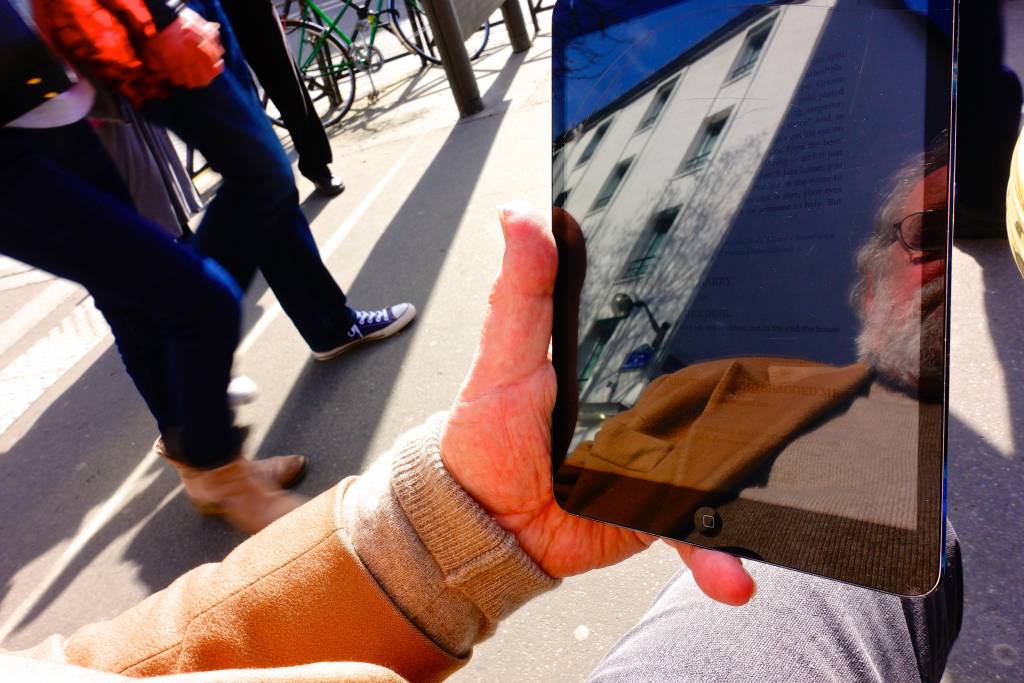
On reviewing my pics, the ones which stood out were the enigmatic ones, the quirky ones, the oddities which needed a bit of study and some hunting-about within the photo to see what it was actually showing or revealing, rather than being just a memento of an experience, or some place I’d been to, and which didn’t really mean anything to anyone else.
Camera variety
These pictures were taken with a huge variety of cameras; teeny pocket ones with a fast shutter button and reasonable zoom; a Fujifilm F550, Sony RX100 MarkV, Sony WX350, Lumix LX2, iPhone 4, iPhone 6S Plus, Casio ZR-1000, Canon Ixus 510 HS, Sony F828 (the old wiggly one with the tilt-up-and-down lens), and bigger ones like Olympus E-M5, E-M1, PEN-F, Leica M9, Sony A7S, Canon 300D and the odd Fujifilm Real3D W1. But the camera doesn’t really matter; it’s the lens which delivers the picture: Panasonic 7-14mm, Canon 28-300mm, Leica 21mm, Leica 16-18-21mm WATE, Panasonic 14-150mm, and Sony 55mm.
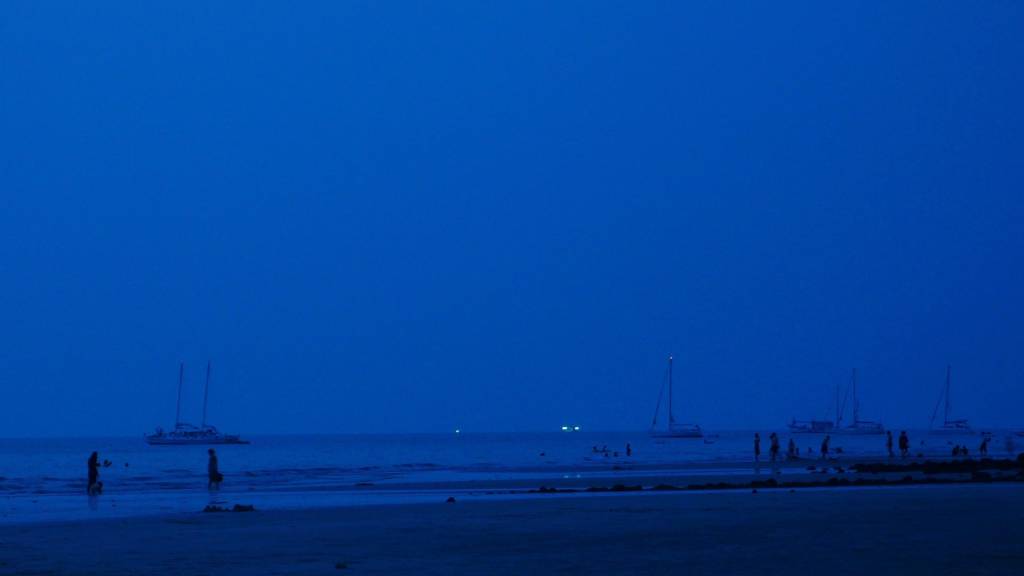
This article illustrates some of my quirkiest which, I think, bear at least a bit of scrutiny. They’re all pictures of places, but they’re not meant to be representations of those places. They’re intended for exploring as images, and for simply revelling in the shapes and colours, and the feelings they evoke.
Oh, and I’m teaching photography at Shanklin on the Isle of Wight on March 8, 9, 10, and in Atsitsa on Skyros Island, Greece, from June 30 to July 7. And we’ll all take photos there of things which “don’t exist”: Photos of Joy, Scale, Uncertainty, Imbalance, and so forth.
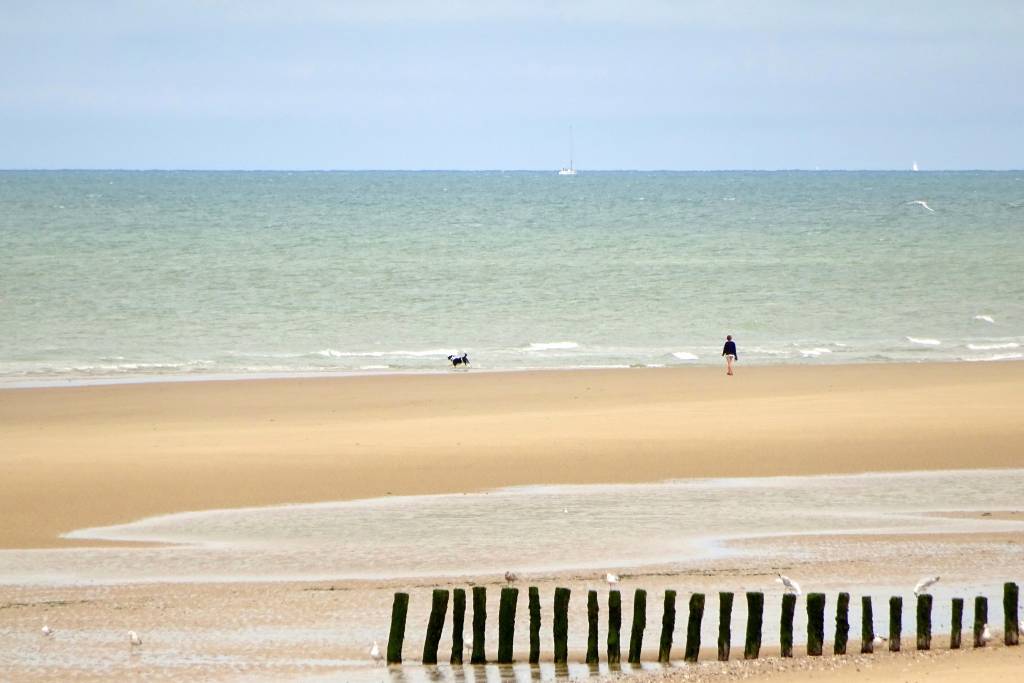
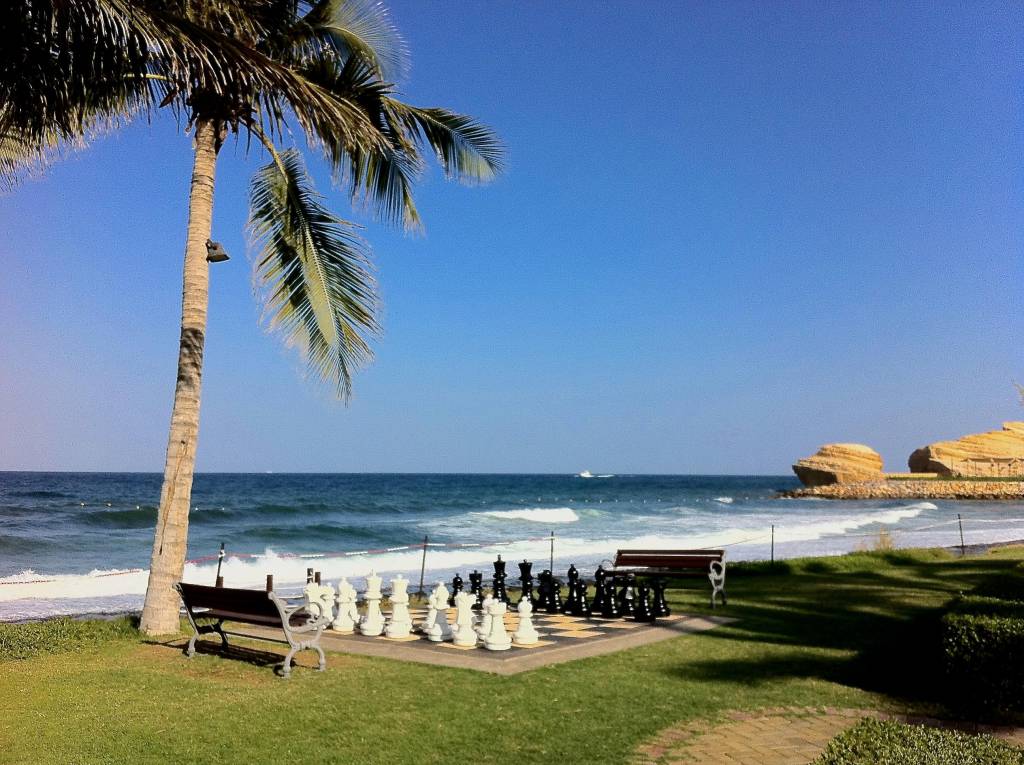
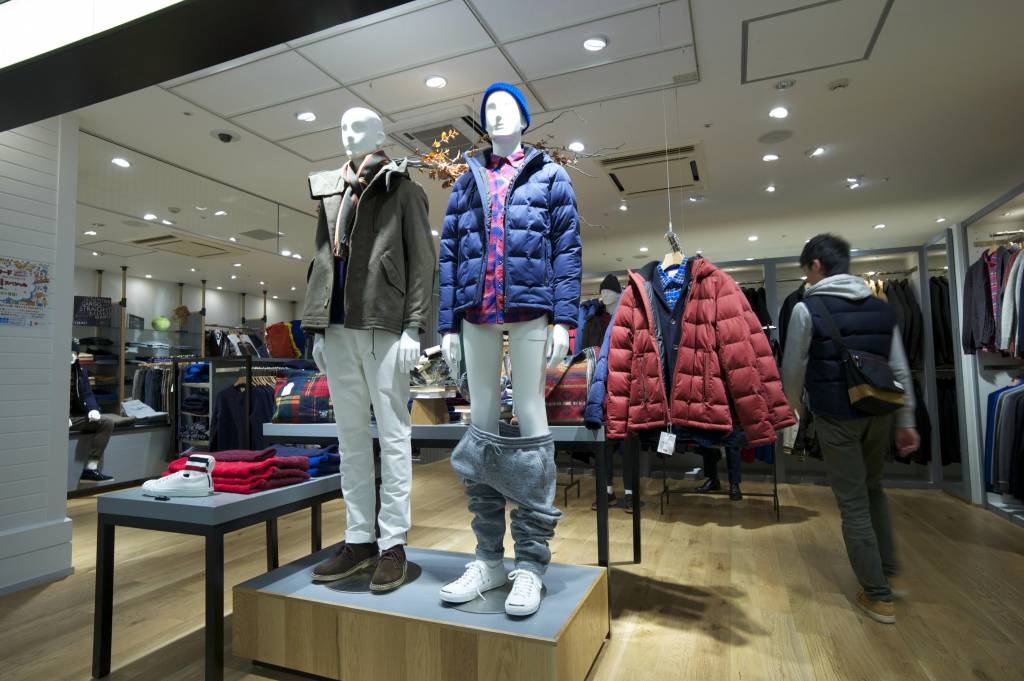
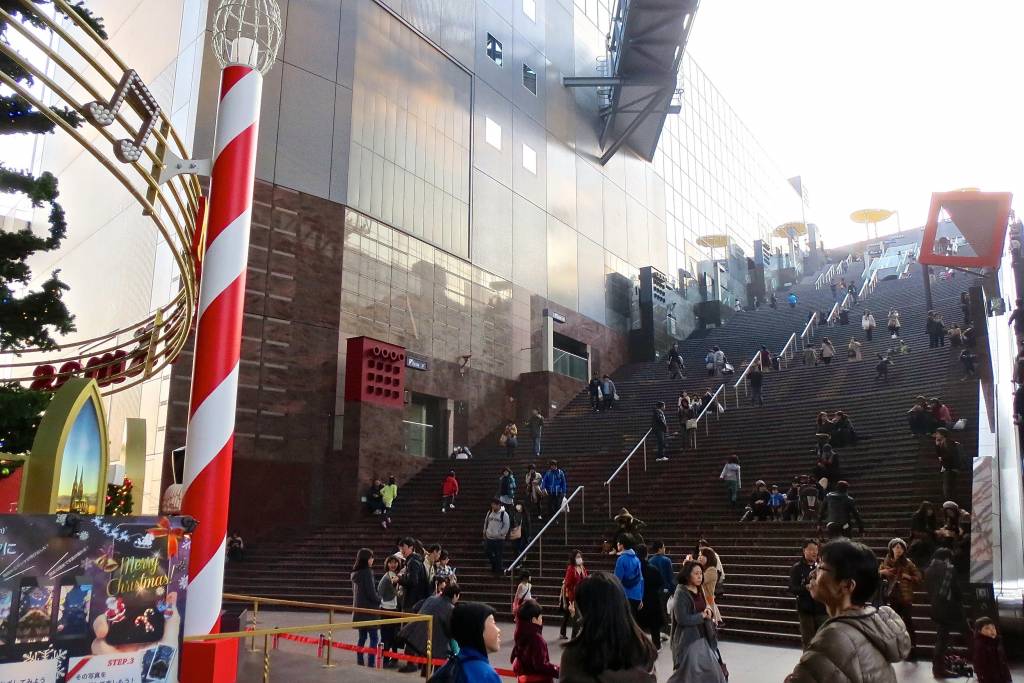
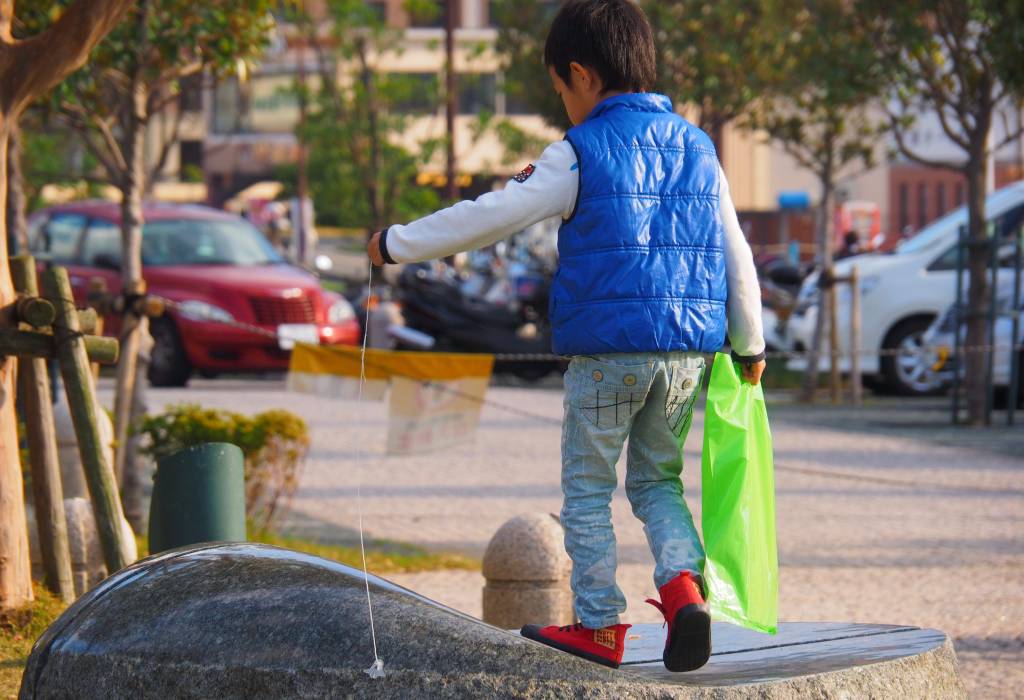
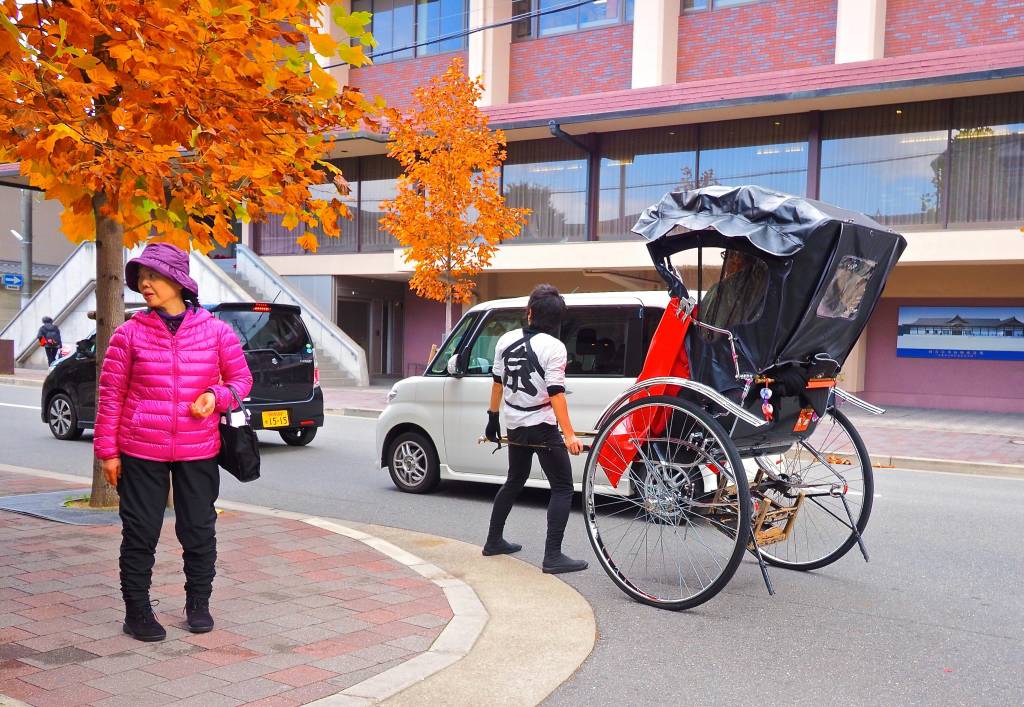
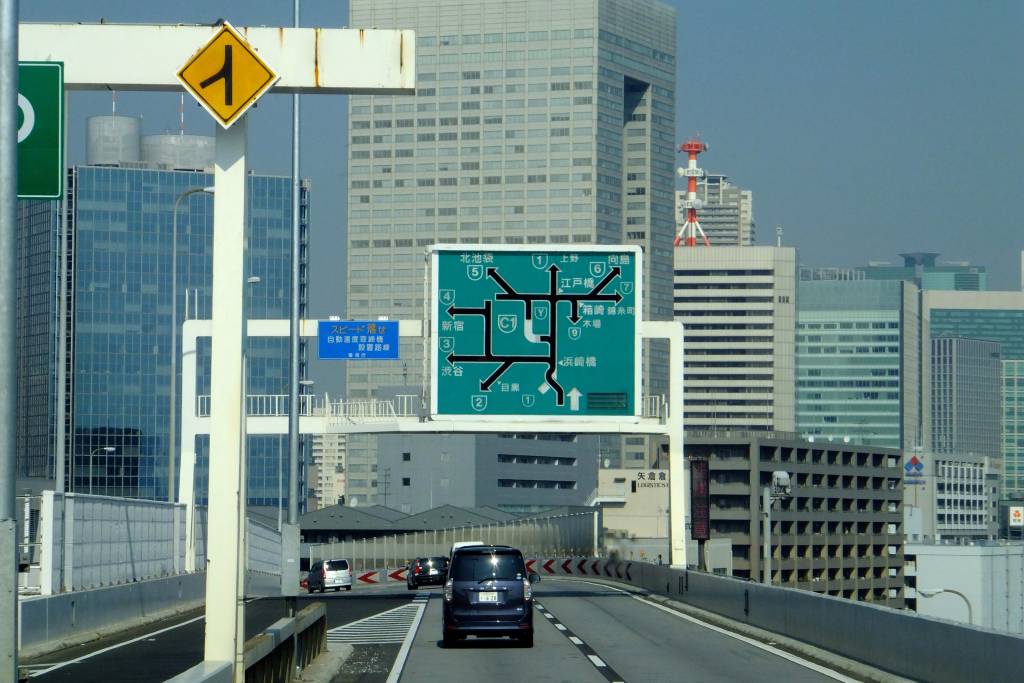
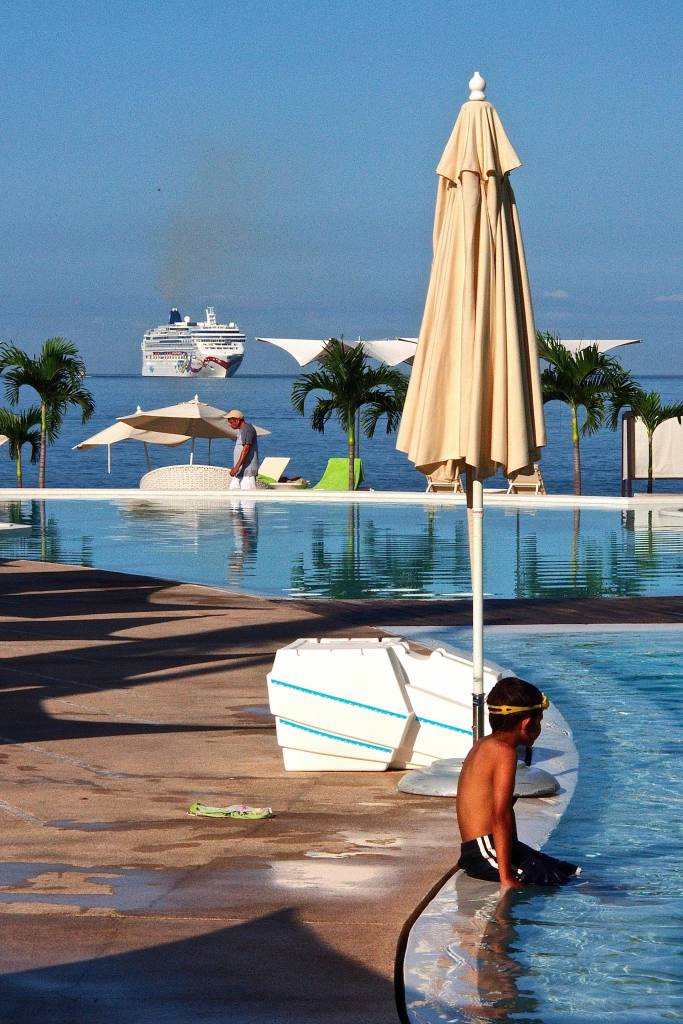

Much to think about in this article David. You approach to making pictures is very much like mine, yet your pictures are very different from what I produce. I’m not sure why that happens, but I will definitely mull that over for a while.
Me too, Richard..
An excellent article David, which left me with a few answers to my own style, and thought process when I take images. Certainly the iPhone shot of the chess set and the boat – some of my shots are years in the making, I walk past a point and see a particular image – but it could take me years to capture what my mind had visualised. I have a shot in mind, not to far from where I live, but so far I have camped in the location on a number of occasions for over three years, and now over three different cameras and the magical moment just has not happened. But i am convinced it will come good.
Did you realise that you photographed Bill Oddie on his iPad in that shot? Lets hope he was surfing the net looking at the right birds when you took the image.
I would not mind seeing more from the Babsky archives, if the opportunity arises.
It is a shame I cannot make the Isle of Wight at the end of March, as I would have enjoyed turning up with both my Leica X and the Df. Could have been fun.
Beginning of March ..8th, 9th and 10th, Dave.
Now that I’m home, I’ll see what else is in “..the Babsky archives..” but it may take a couple of days..
The 10th March is Liz’s birthday – I might live if I abandon her that weekend. Plus I am on call so need to be less than an hour from work. 🙁
I will look forward to the results from the archives.
Another time, then. Archive results should be ready on Monday..
Hi David, thanks for an interesting article and photos. I also found that moving from film to digital ramped up my learning with the ability to review photos quickly and see what settings I used. What I do not like about digital is so many people doing the spray and pray method but I now refuse to look at them if asked if they have not culled them. You are spot on that there has to be a message in the image to be meaningful. I love both your candid captures as well as the more methodical images. Cheers! Brian
Thanks, Brian.
“..What I do not like about digital is so many people doing the spray and pray method..” ..just ignore them, and shoot your own way, and don’t be bothered how other people take their pics. There is no ‘prescribed’ way – each to their own! You never know; they may come up with something really great!
Thanks David, much food for thought. I’d welcome seeing more of your photos on particular abstract themes. Kevin
Thanks, Kevin. I don’t set out to take pictures of “..particular abstract themes..” but I just get my camera and take a shot if something looks particularly stunning. Here are two, at the bottom of this page of pics: http://edituk.com/Photos.html ..and I don’t know if I can magically make them appear here, but I’ll give it a try:
(In case you can’t see anything just above these words, there’s supposed to be a picture of a bedroom with light filtering through across the ceiling, wall and floor from an almost-closed door; and a photo of my breakfast.)
As Dorothea Lange famously said: “The camera is an instrument that teaches people how to see without a camera”.
Thanks John; I’m away at the moment, but I’ll see what I can dig out when I get back home in a few days’ time. I think that 2nd one from the top (a cup of tea) was taken with a 21mm as far as I remember ..and you can tell by the wildly sloping shopfronts at the top of the picture, and the wildly stretched plate or saucer beneath the cup of tea.
The fallen trousers on the shop dummy was taken with a 16mm ..as you can tell by the stretched legs and shoes of the boy walking into the shop.
Depending on how the camera’s angled, though, and what shapes there are in the picture, it’s not always so obvious that they’ve been taken with an extreme-wide lens: the perspective can look quite natural, although there’s more in the picture than a human would normally see from the same distance as the camera’s at. (I was only about an arm’s length from the trouserless dummy, but I choose well-corrected lenses, so that you don’t see any ‘fisheye’ effect.)
Thank you for a really enjoyable wander and ponder through your archive! I do this from time to time myself and am often surprised by the new things/impressions which I see. It would be interesting if you could show us a selection from your really wide-angle period.
Okey-doke ..sorry to be so slow responding, John (..and Kevin, and Brian, and Dave, and Richard): I spent a while with someone I’d sponsored via Indiegogo to do a two-year course at the National Film and Television School (..here’s her old Indiegogo crowdfunding page, but no need to contribute: Zsófi has now finished her two-year course! https://tinyurl.com/y5qlywdv ..anyway, going to her graduation and drinks party afterwards was why I’m rather slow with this selection of wide-angle shots which you’d asked about, and which I’d promised.
Here’s a page which shows several w/a pics, with a bit of commentary, too!
http://www.edituk.com/Wide_Photos.html
Yours, David B.
Some amazing shots – really scary perspective in the over shoulder pilot, plane in the air shots – having flown a plane and taken images from the air, I’ve never seen this perspective over my shoulder – very interesting.
Loving the David B archive. Makes me wonder if I should do something with mine.
Dave S